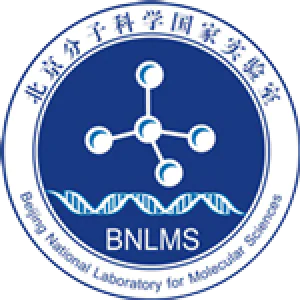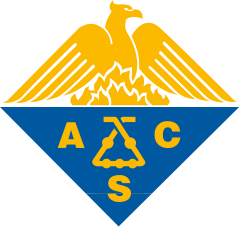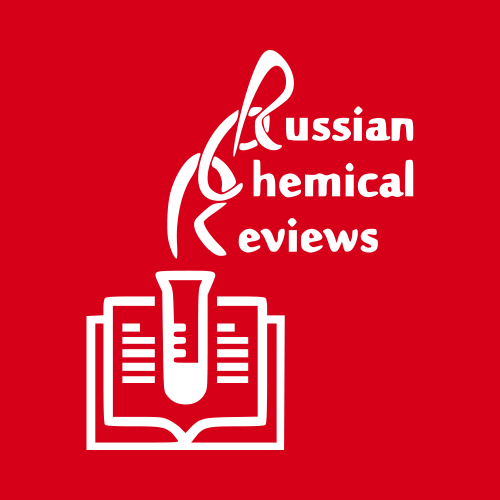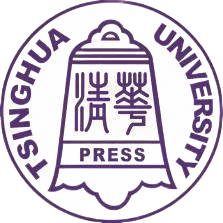Open Access


In situ dual doping for constructing efficient CO2-to-methanol electrocatalysts
Pengsong Li
1, 2, 3, 4
,
Jiahui Bi
1, 2, 3, 4
,
Jiyuan Liu
1, 2, 3, 4
,
Qinggong Zhu
1, 2, 3, 4
,
Chunjun Chen
1, 2, 3, 4
,
Xiaofu Sun
1, 2, 3, 4
,
Jianling Zhang
1, 2, 3, 4
,
Buxing Han
1, 2, 3, 4, 5
2
Publication type: Journal Article
Publication date: 2022-04-12
scimago Q1
wos Q1
SJR: 4.761
CiteScore: 23.4
Impact factor: 15.7
ISSN: 20411723
PubMed ID:
35413956
General Chemistry
General Biochemistry, Genetics and Molecular Biology
Multidisciplinary
General Physics and Astronomy
Abstract
Methanol is a highly desirable product of CO2 electroreduction due to its wide array of industrial applications. However, the development of CO2-to-methanol electrocatalysts with high performance is still challenging. Here we report an operationally simple in situ dual doping strategy to construct efficient CO2-to-methanol electrocatalysts. In particular, when using Ag,S-Cu2O/Cu as electrocatalyst, the methanol Faradaic efficiency (FE) could reach 67.4% with a current density as high as 122.7 mA cm−2 in an H-type cell using 1-butyl-3-methylimidazolium tetrafluoroborate/H2O as the electrolyte, while the current density was below 50 mA cm−2 when the FE was greater than 50% over the reported catalysts. Experimental and theoretical studies suggest that the anion S can effectively adjust the electronic structure and morphology of the catalysts in favor of the methanol pathway, whereas the cation Ag suppresses the hydrogen evolution reaction. Their synergistic interactions with host material enhance the selectivity and current density for methanol formation. This work opens a way for designing efficient catalysts for CO2 electroreduction to methanol. Production of methanol from CO2 electroreduction is attractive but achieving high selectivity, current density and stability simultaneously remains a grand challenge. Here, the authors present an in situ dual doping strategy to construct efficient CO2-to-methanol electrocatalysts.
Found
Nothing found, try to update filter.
Found
Nothing found, try to update filter.
Top-30
Journals
|
1
2
3
4
5
6
7
8
9
|
|
|
Applied Catalysis B: Environmental
9 publications, 4.37%
|
|
|
Advanced Functional Materials
8 publications, 3.88%
|
|
|
Small
7 publications, 3.4%
|
|
|
Chemical Science
7 publications, 3.4%
|
|
|
Journal of Energy Chemistry
7 publications, 3.4%
|
|
|
ChemSusChem
6 publications, 2.91%
|
|
|
Journal of the American Chemical Society
5 publications, 2.43%
|
|
|
Applied Surface Science
5 publications, 2.43%
|
|
|
Energy and Environmental Science
5 publications, 2.43%
|
|
|
Angewandte Chemie - International Edition
5 publications, 2.43%
|
|
|
Angewandte Chemie
5 publications, 2.43%
|
|
|
Chemical Engineering Journal
5 publications, 2.43%
|
|
|
ACS Nano
4 publications, 1.94%
|
|
|
Journal of Materials Chemistry A
4 publications, 1.94%
|
|
|
Nature Communications
4 publications, 1.94%
|
|
|
Coordination Chemistry Reviews
4 publications, 1.94%
|
|
|
Industrial & Engineering Chemistry Research
4 publications, 1.94%
|
|
|
Advanced Energy Materials
4 publications, 1.94%
|
|
|
Advanced Materials
4 publications, 1.94%
|
|
|
Chem Catalysis
3 publications, 1.46%
|
|
|
Journal of CO2 Utilization
3 publications, 1.46%
|
|
|
Nano Research
3 publications, 1.46%
|
|
|
Chem
3 publications, 1.46%
|
|
|
Journal of Catalysis
2 publications, 0.97%
|
|
|
ACS Catalysis
2 publications, 0.97%
|
|
|
Industrial Chemistry and Materials
2 publications, 0.97%
|
|
|
Science Bulletin
2 publications, 0.97%
|
|
|
ACS Applied Energy Materials
2 publications, 0.97%
|
|
|
Chemical Communications
2 publications, 0.97%
|
|
|
Applied Catalysis A: General
2 publications, 0.97%
|
|
|
1
2
3
4
5
6
7
8
9
|
Publishers
|
10
20
30
40
50
60
70
80
|
|
|
Elsevier
74 publications, 35.92%
|
|
|
Wiley
53 publications, 25.73%
|
|
|
Royal Society of Chemistry (RSC)
27 publications, 13.11%
|
|
|
American Chemical Society (ACS)
26 publications, 12.62%
|
|
|
Springer Nature
12 publications, 5.83%
|
|
|
MDPI
4 publications, 1.94%
|
|
|
OAE Publishing Inc.
2 publications, 0.97%
|
|
|
Science in China Press
2 publications, 0.97%
|
|
|
IOP Publishing
2 publications, 0.97%
|
|
|
Autonomous Non-profit Organization Editorial Board of the journal Uspekhi Khimii
1 publication, 0.49%
|
|
|
Taylor & Francis
1 publication, 0.49%
|
|
|
Tsinghua University Press
1 publication, 0.49%
|
|
|
The Korean Vacuum Society
1 publication, 0.49%
|
|
|
10
20
30
40
50
60
70
80
|
- We do not take into account publications without a DOI.
- Statistics recalculated weekly.
Are you a researcher?
Create a profile to get free access to personal recommendations for colleagues and new articles.
Metrics
208
Total citations:
208
Citations from 2024:
134
(65.05%)
Cite this
GOST |
RIS |
BibTex
Cite this
GOST
Copy
Li P. et al. In situ dual doping for constructing efficient CO2-to-methanol electrocatalysts // Nature Communications. 2022. Vol. 13. No. 1. 1965
GOST all authors (up to 50)
Copy
Li P., Bi J., Liu J., Zhu Q., Chen C., Sun X., Zhang J., Han B. In situ dual doping for constructing efficient CO2-to-methanol electrocatalysts // Nature Communications. 2022. Vol. 13. No. 1. 1965
Cite this
RIS
Copy
TY - JOUR
DO - 10.1038/s41467-022-29698-3
UR - https://doi.org/10.1038/s41467-022-29698-3
TI - In situ dual doping for constructing efficient CO2-to-methanol electrocatalysts
T2 - Nature Communications
AU - Li, Pengsong
AU - Bi, Jiahui
AU - Liu, Jiyuan
AU - Zhu, Qinggong
AU - Chen, Chunjun
AU - Sun, Xiaofu
AU - Zhang, Jianling
AU - Han, Buxing
PY - 2022
DA - 2022/04/12
PB - Springer Nature
IS - 1
VL - 13
PMID - 35413956
SN - 2041-1723
ER -
Cite this
BibTex (up to 50 authors)
Copy
@article{2022_Li,
author = {Pengsong Li and Jiahui Bi and Jiyuan Liu and Qinggong Zhu and Chunjun Chen and Xiaofu Sun and Jianling Zhang and Buxing Han},
title = {In situ dual doping for constructing efficient CO2-to-methanol electrocatalysts},
journal = {Nature Communications},
year = {2022},
volume = {13},
publisher = {Springer Nature},
month = {apr},
url = {https://doi.org/10.1038/s41467-022-29698-3},
number = {1},
pages = {1965},
doi = {10.1038/s41467-022-29698-3}
}

















